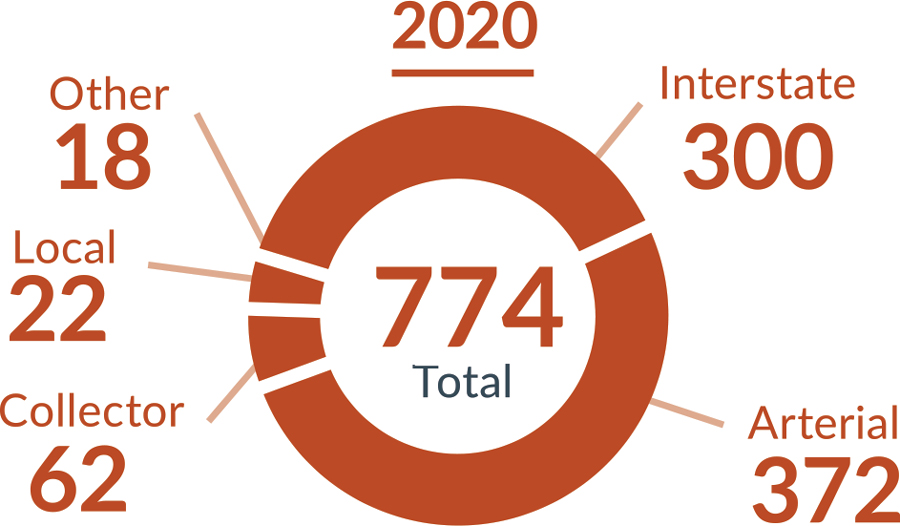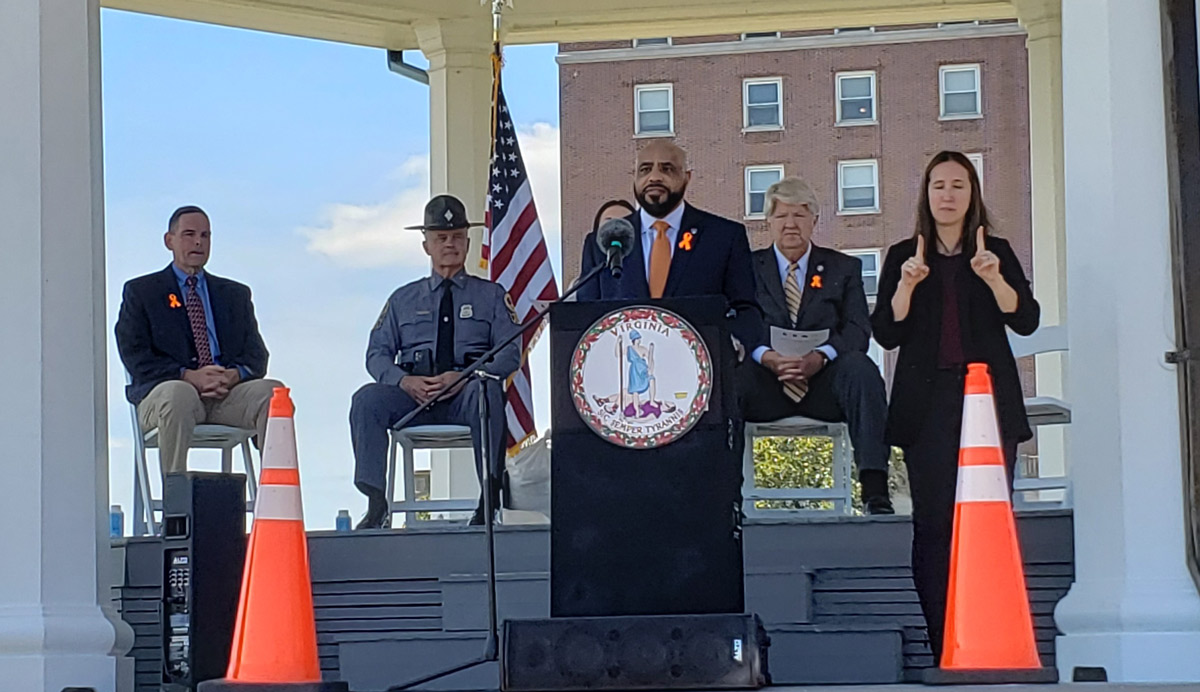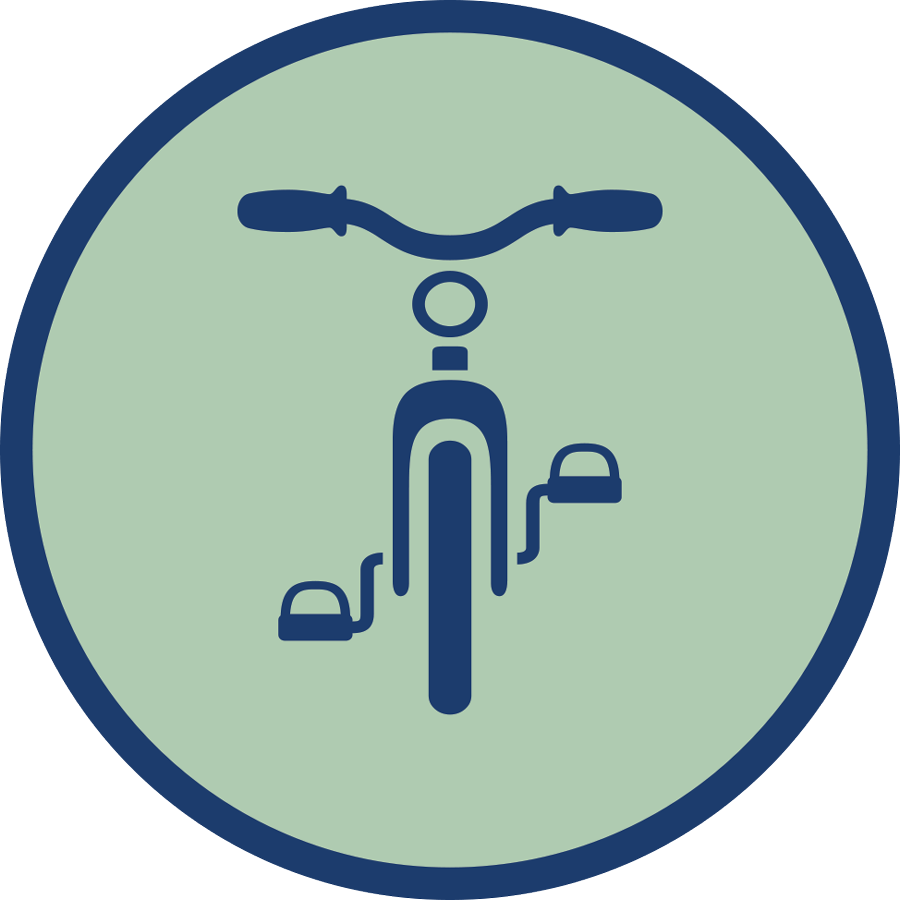

t’s a message that bears repeating—again and again: Slow down in work zones. Stay focused. Speed kills. And the majority of people killed in work zone crashes are motorists and their passengers.
According to the most recent data available from workzonesafety.org, 857 people were killed in 774 fatal work zone crashes in 2020. Of that number, 117 were people working in the construction zone.
“National Work Zone Awareness Week was established with roadway workers in mind, but the statistics make it abundantly clear that everyone is at risk in work zones,” American Traffic Safety Services Association, or ATSSA, President and CEO Stacy Tetschner says. “The goal of this week is for motorists to slow when approaching and passing through roadway work zones so everyone makes it home safely.”
The numbers are staggering. According to 2020 data from workzonesafety.org, about 102,000 crashes and an estimated 44,000 injuries happened in work zones that year. Of the 857 total work zone fatalities, 244 involved commercial motor vehicles. And 156 pedestrians were killed in work zones in 2020.








- Involving a Rear-End Collision
24%
20%
- Involving a Commercial Motor Vehicle (CMV)
33%
27%
- Where Speeding Was a Factor
32%
37%


- Involving a Rear-End Collision
24%
20%
- Involving a Commercial Motor Vehicle (CMV)
33%
27%
- Where Speeding Was a Factor
32%
37%

The bill also includes a $5 billion competitive grant program focused on giving state and local governments resources to implement programs that dramatically reduce roadway fatalities. Among other road safety programs, the Work Zone Safety Grant program, which develops and provides highway work zone safety training and guidelines to reduce and prevent work zone injuries and fatalities, was continued with a new component encouraging state transportation departments to ensure the most effective safety countermeasures are used in work zones.


Photos courtesy of the American Traffic Safety Services Administration.
The week-long event was organized by the American Traffic Safety Services Foundation, a nonprofit that supports the loved ones of people affected by work zone safety incidents. Started in 1997 by a group of Virginia Department of Transportation staff members, the event was dedicated to raising awareness about work zone safety among all Virginia Department of Transportation employees before construction season began. The event went national in 2000.



